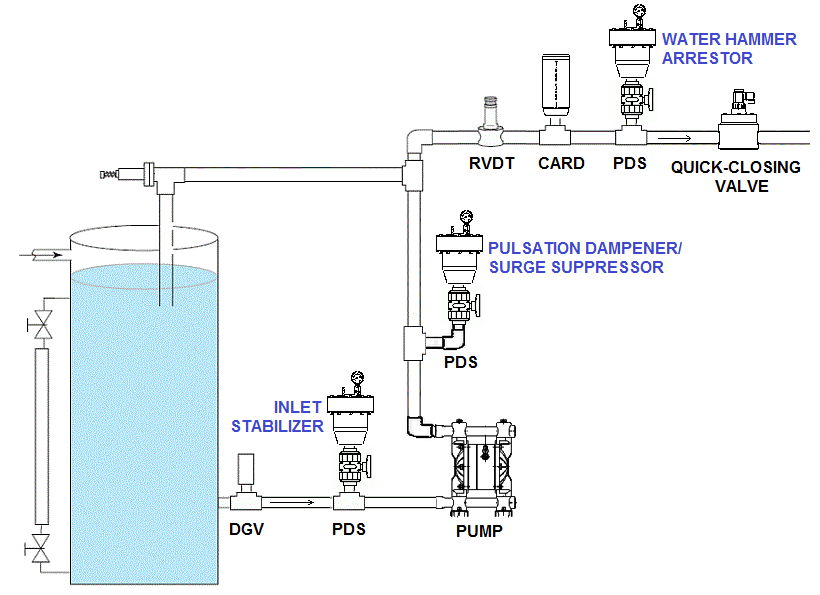I know that a hydronic system forms a closed loop. When the boiler is turned on, the water temperature will increase and expand. Since this system forms a closed loop, there is no volume for the hot water to expand. Therefore, the pressure inside the system will increase and explosion might occur if the pressure increases significantly. To maintain a constant pressure, an expansion vessel is installed to contain the increase in the water volume as it expands as it heats up.

The expansion vessel is divided into two compartments separated by a diaphragm. There is water on one side and air on the other side. Initially the air pressure equals the system pressure. When the water heats up its pressure increases. Eventually, the pressure exceeds that of the air causing the diaphragm to bend back in the air space, compressing the air. Since the water is allowed to expand, this means the system pressure is maintained constant. On the other hand, the air pressure has been increased because its volume decreases. Now, more increase in the water temperature will increase its pressure. The hot water will not be able to push the diaphragm more unless the pressure water becomes greater than the air pressure, which means the system pressure is not maintained constant. Am I wrong?


